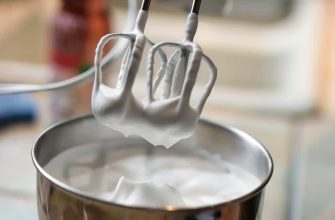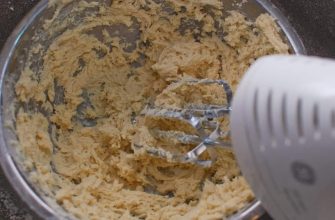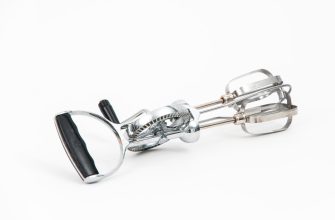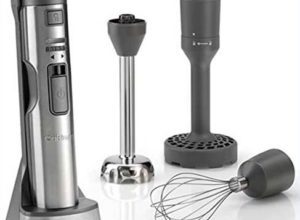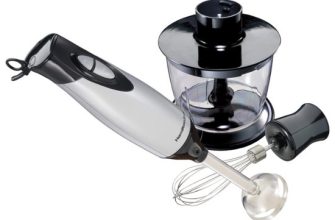Portable Mixers – Diffusive Or Convective?
There are two kinds of portable mixers available: Diffusive and Convective. Learn which one you should buy. In addition, discover why these two mixers are best for small kitchens. We also look at the benefits of the Mainstays hand mixer and the Hamilton Beach soft scrape. Find out which is the best mixer for your needs! Listed below are some of the reasons why you should buy one. Let’s start!
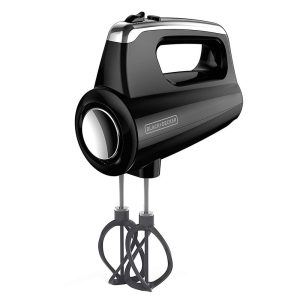
Convective (active) mixers
The basic mechanism of convective mixers is to create circulation patterns within a static shell. They also incorporate the principles of shear and diffusive mixing. The ribbon blender is a common example of a convective mixer. This type of mixer uses a ribbon or helical, blade that revolves on a horizontal axis. These types of mixers are also easy to clean.
Active mixing enhancement is achieved through periodic forcing. In a micromixer, multiple pumps are used in one side channel. These pumps are connected to a computer, allowing experimenters to oscillate their pressure drop over the side channel. This creates a source-sink mechanism that periodically perturbs the flow of liquid. This type of mixer also features a built-in timer to measure the mixing process.
The mixing speed of an active micro-mixer depends on the strength of the electric fields and the flow rate of the liquid samples. A micro-mixer can mix liquid samples that have a volume of less than 10 pL. These active portable mixers use controlled electric fields to mix a mixture at a low mixing voltage. There is one basic difference between active and passive mixers, and this is why it’s important to understand the differences between them before purchasing a portable mixer.
Active mixing enhances the effectiveness of microfluidic devices and offers greater control over the mixing process. Active mixers require an external power source and a field to mix liquids. However, they are relatively simple to fabricate and use, making them popular for small-scale microfluidic systems. In addition, passive mixers are easier to maintain. You can also find passive mixers that allow for more control over the mixing process.
Diffusive (passive) mixers
Passive mixers have their advantages and disadvantages. Compared to active mixers, diffusion-based portable mixers are much cheaper and easier to use. This article will examine some of the main advantages and disadvantages of diffusive (passive) portable mixers. Also, learn how to design your own diffuse mixer. Here are some tips to make the process as smooth and simple as possible. A diffuse mixer is easy to make and is perfect for use in the laboratory or on-site.
Diffusive mixing is most effective when the contact area is high. Previously, samples were fed through discrete via holes, cantilever plate valves, or multi-channels. An alternative method folds a species into the mixing channel multiple times to enhance its diffusion. Passive mixers can mix samples in as little as 55 to 300 ms, ensuring high device throughput.
Diffusive mixing can be simulated using a Monte Carlo simulation. This simulation helps in determining the effect of different parameters on mixing efficiency. An example of such a simulation is the case of a passive micromixer with tesla elements. The tesla elements in the micromixer are used to study how the mixing efficiency coefficients change as the geometry varies. To determine if your mixer will work in your environment, you should conduct some experiments.
The main disadvantages of passive mixers include their lack of on-demand concentration control. Nevertheless, they are cheap and easy to operate. The use of gradient generators or dilutors can obtain a wide concentration range. Gradient generators use serial chemical gradients generated by tree-like flow paths. Dilutors can extract a targeted solution. However, these two techniques are time-consuming due to the slow diffusion in micro-scale. They also require accurate chip fabrication.
Hamilton Beach softscrape hand mixer
If you are looking for a new hand mixer, consider the Hamilton Beach SoftScrape hand mixer. This product has two types of beaters: a whisk and metal ones. The latter is best for creaming and whipping up dough. Unlike the metal beaters, softscrape hand mixers have a snap-on storage case to store all of the parts of the mixer. This case is especially useful for cleaning and storing the beaters after using them.
Oster model
An Oster portable mixer model is a handy tool for those with busy lifestyles and a small kitchen. Its powerful motor and One Touch blades make it an excellent mixer for traveling and blending ingredients while on the go. Its dishwasher-safe blender bottle fits easily into most cup holders. Moreover, you don’t have to worry about rusting because the bottle is dishwasher-safe. And it comes with seven different speed settings.
This versatile blender comes with an integrated cup that doubles as a drinking lid. Its USB-chargeable battery lasts for 10 drinks. Its compact design leaves plenty of countertop space. This portable blender comes with a 10-oz. Tritan cup with a non-slip silicone sleeve for easy use. It is BPA-free and odor-resistant. It also works well with ice and frozen fruit.
This personal blender is best for preparing single-serve smoothies and protein shakes. Its convenient design lets you blend everything into your sports bottle, which eliminates the need to use extra utensils or cups. In tests, this blender achieved the perfect score for grinding whole coffee beans. It also scored high marks for preparing thick frozen margarita. You can’t go wrong with this Oster mixer model. But beware: the MyBlend Personal Blender is not as powerful as leading small blenders.

